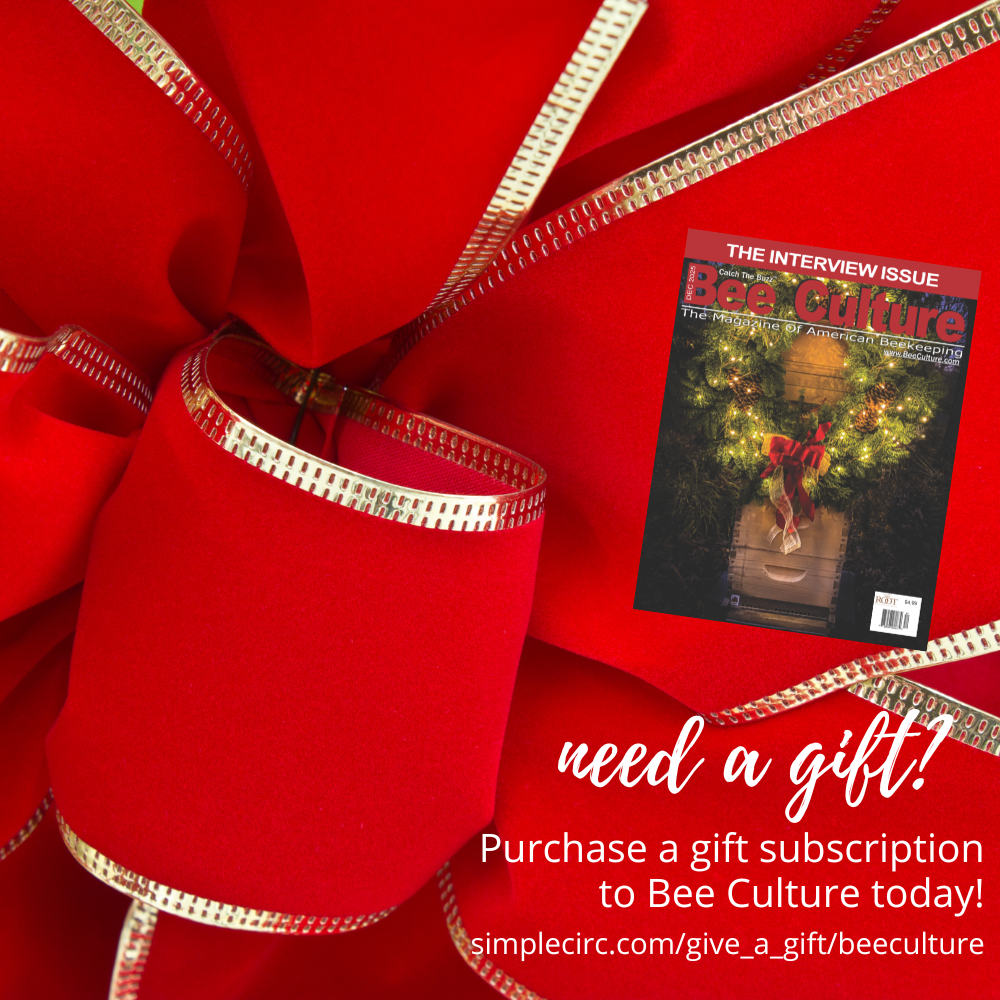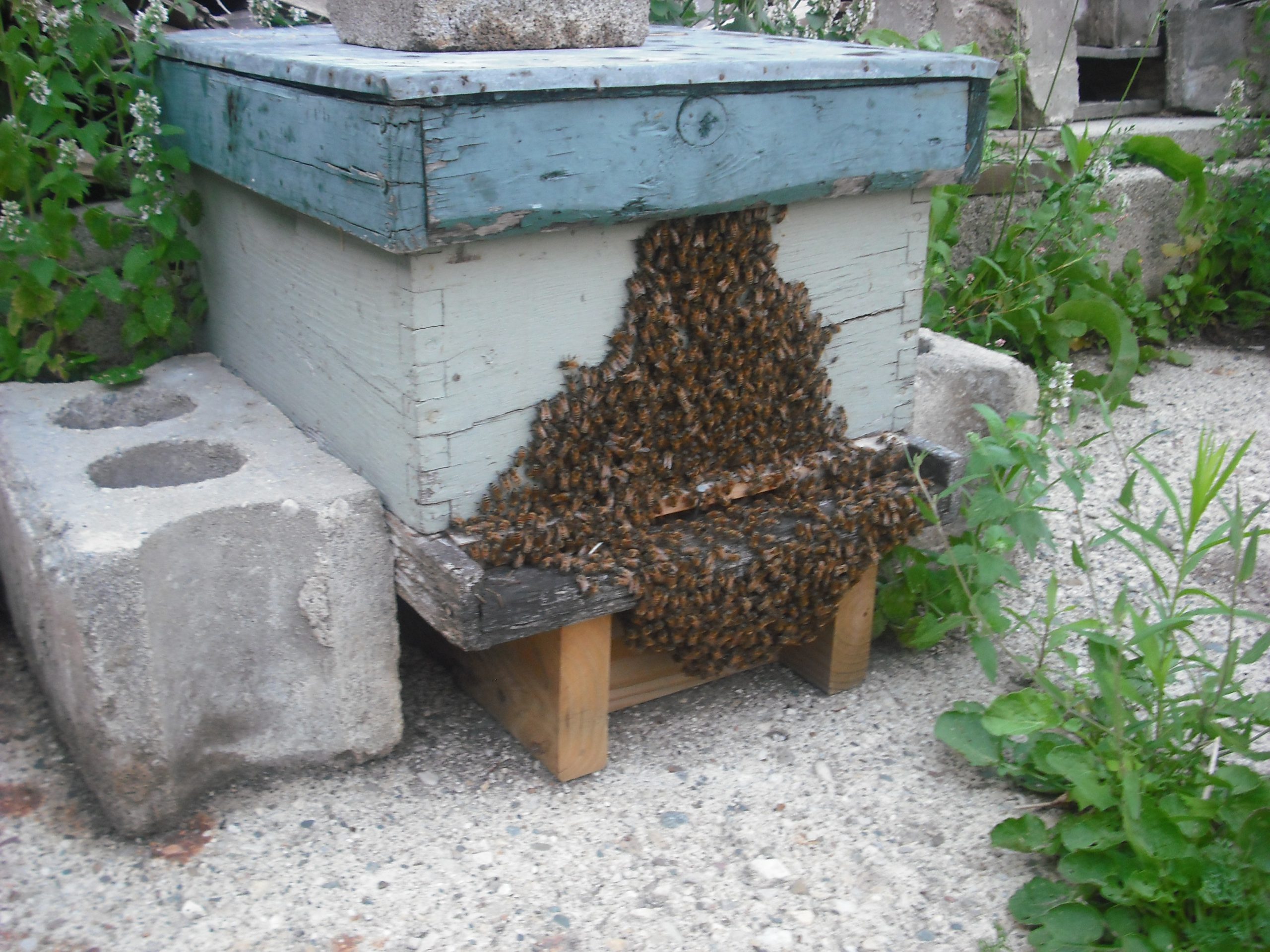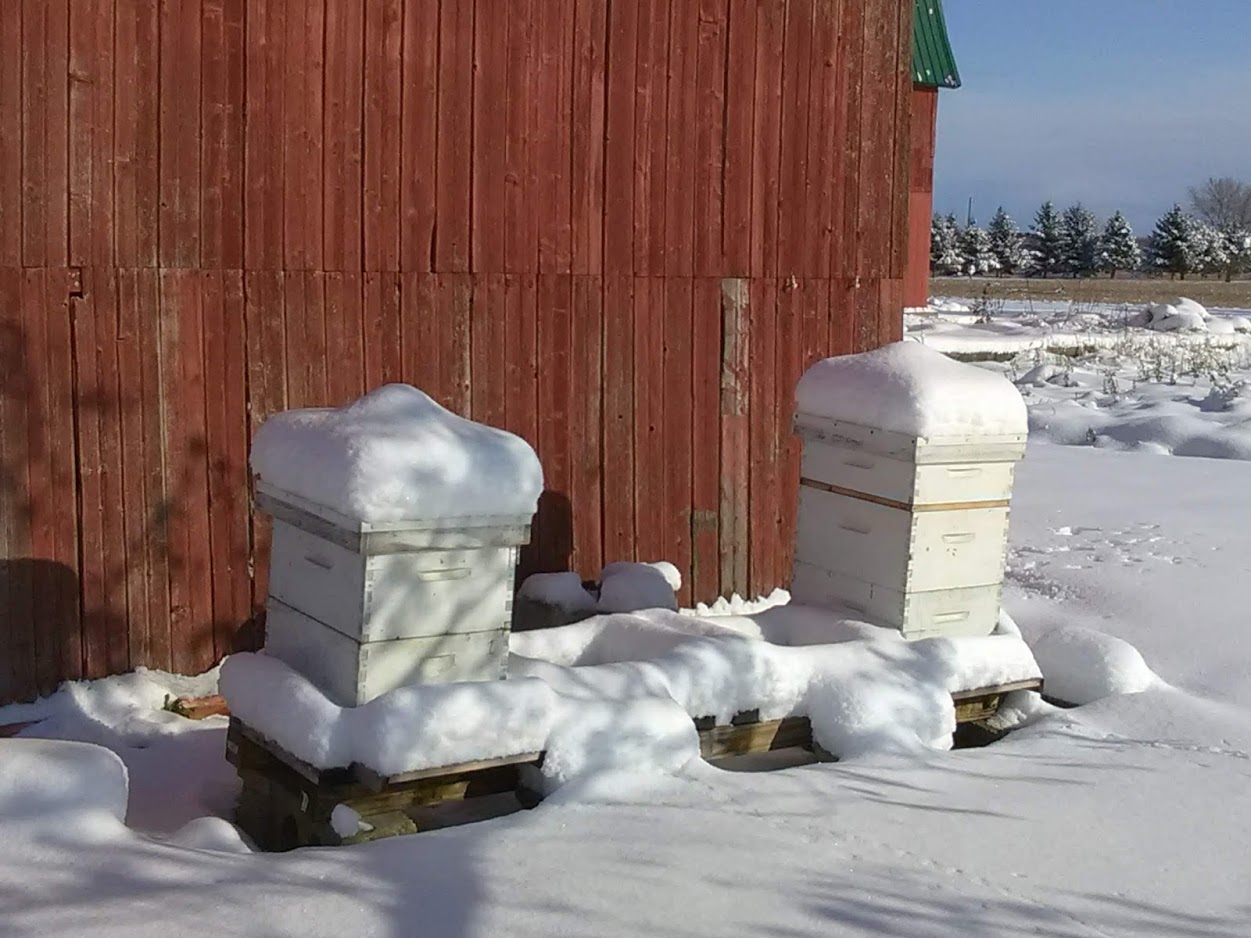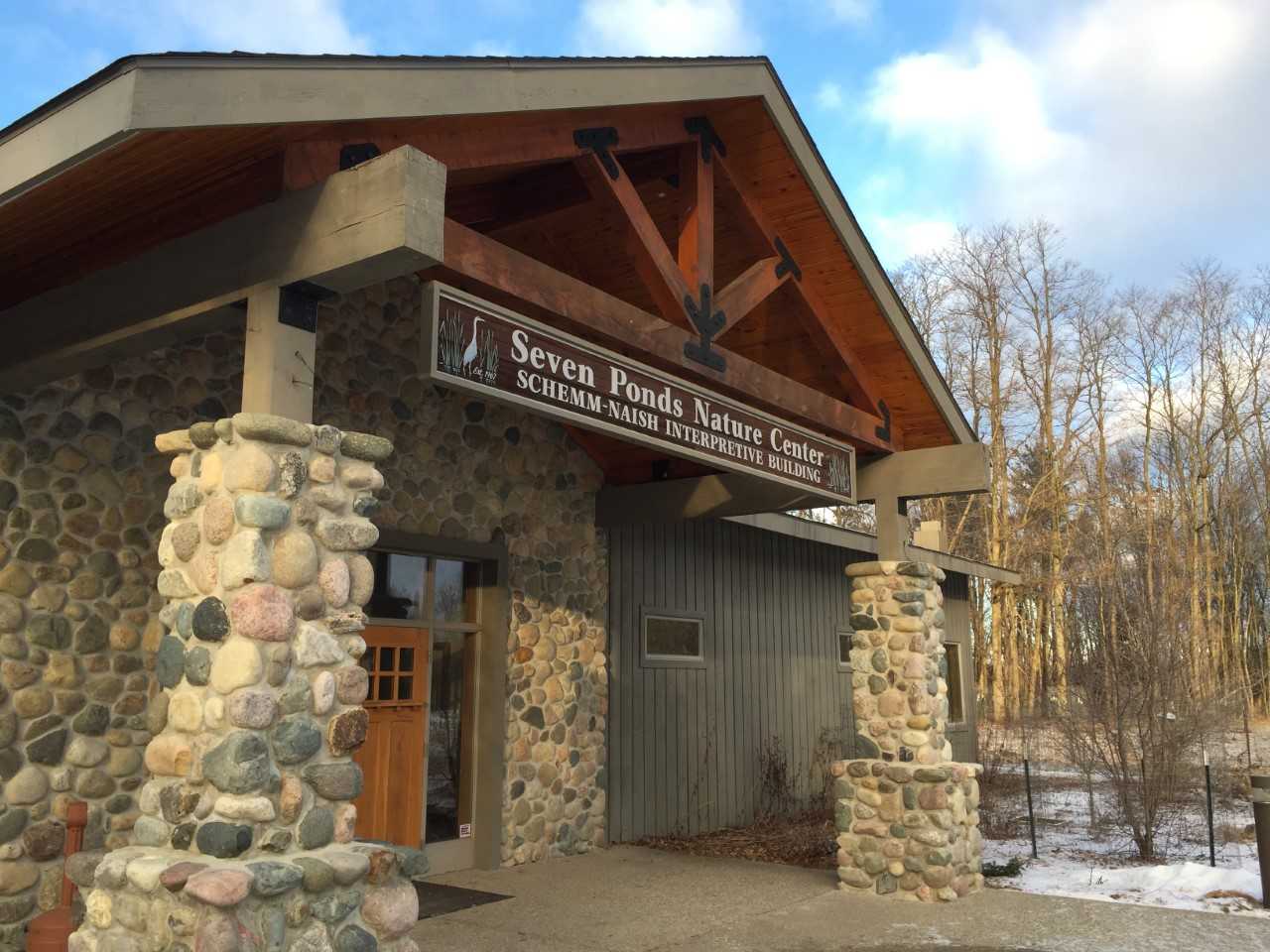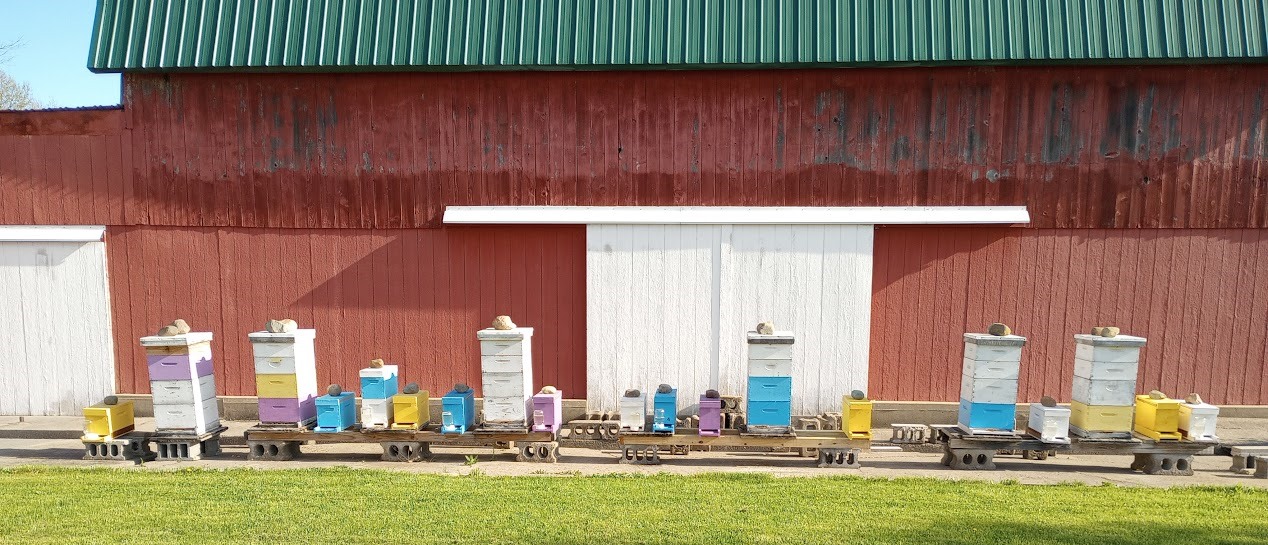Click Here if you listened. We’d love to know what you think. There is even a spot for feedback!
Read along below!
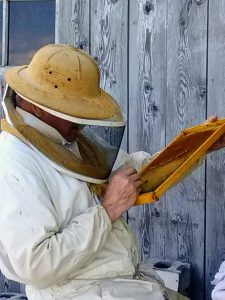
Richard Wahl began learning beekeeping the hard way starting in 2010 with no mentor or club association and a swarm catch. He is now a self-sustainable hobby beekeeper since 2018, writing articles, giving lectures and teaching beginning honey bee husbandry and hive management.
Off the Wahl Beekeeping
New(ish) Beekeeper Column
My Beekeeping Story
By: Richard Wahl
Preface
Most of my articles in the past three years have been based on my experiences and adjustments as a beginner and were aimed at helping the new beekeeper. Although I have occasionally made a statement or reference about my introduction to beekeeping, I have never given a full story as to how I began or how I became a magazine article writer, lecturer and beginning beekeeper mentor. Since my very first swarm catch, which is what got me started in beekeeping, I took down notes as to what was going on with my hive(s) and often referred to those notes to adjust my beekeeping strategies. I think it is time to fill in some of the missing information in the hopes that others might become less intimidated as a writer, presenter or mentor.
The Beginning
I was working in the backyard one June day in 2010 when the load noise of an approaching swarm flew by. The frequency of a large swarm buzz has been measured at around 250 hertz and has been compared to waves lapping on a shoreline or the noise of a large passing truck. It became obvious this was a honey bee swarm as the buzzing subsided and the bees coalesced in a backyard pine tree about eight feet off the ground. Having then recently read about the Colony Collapse Disorder and the hysteria that a loss of pollinators could inflict, I decided to forego the yard work I was doing to see if I could find a neighborhood beekeeper who would like to come and get these bees. I live on a rural farm property of 60 acres that has been in the family for just over 100 years, located on a country road just over 50 miles northeast of Detroit, Michigan. Not knowing any beekeepers in the area I made a call to the county farm extension agent office to see if they could give me any leads to a local beekeeper. As luck would have it I was given the number of a beekeeper who lived about eight miles to the east. He was willing to come to my yard to get the bees. The first attempt to get the bees into a ten frame deep was not successful as they proceeded to return to the tree branch. The beekeeper decided to give them time to settle down and said he would return in a few hours. A bit later in the afternoon the catch was successful with the bees settling into their new, used hive home. During the conversation about bees and beekeeping my able mentor said a few words that resulted in beekeeping becoming my new continuing avocation. He said, “Or you can give it a try if you would like.” Those few words changed the direction of my hobby interests from that day forward. He was willing to part with his ten frames deep with a mix of different types of frames, mostly with drawn comb, that he said was his last spare hive, for a minimal fee. I accepted the offer and instantly became a beekeeper. Little did I know what I was getting myself into. To this day I do not remember the name of the individual who so graciously let me have his last spare hive and who provided rudimentary instructions as to how to close it up and move it to a better location after dark.
Needless to say I was a bit nervous carrying a box of stinging insects about 75 yards to a better location on the south side of an old dairy barn, after dark that evening, but am forever grateful for the time and assistance a perfect stranger gave to me that afternoon. In recent years I have visited at least four beginning beekeeper’s hives to give a requested analysis as to the state or condition of their hives paying forward the graciousness of my one time mentor beekeeper.
I did little with my hive over that first Summer and Fall other than to occasionally watch the bees coming and going. I mostly researched the Internet to find out what beekeeping entailed and purchased two beginner books by Kim Flottum to learn more about my charges. I did add a second ten frame deep super later in the Summer as my conclusion on the significant bearding I saw was that they were running out of space. This was only the first wrong assumption where I took some action for the wrong reason that ultimately did not seem to harm the bees. It was only a few years later that I realized the bearding was due to the hive overheating and that raising the outer cover in the front would allow for increased ventilation. I did not use any type of insulation under the outer cover or around the hive those first few Summers or Winters. I was totally naïve to anything involved with beekeeping and I had no knowledge about mites and the problems they cause. Needless to say, testing and treatments were not yet in my repertoire until late Fall. Based on Internet reading I had done, I placed CheckMite strips between the two deeps before temperatures got too cold just as a precaution. I also inserted a frame feeder with 1½ part sugar to water mix as I was not clear as to whether it was better to use a two to one or one to one mix in the late Fall. By mid-November the mite strips and sugar syrup were removed and the bees were left to their own devices for the rest of the year. The Winter of 2010 – 2011 has been reported as one of our longest, coldest, snowy Winters in recent history across lower SE Michigan with temperatures averaging 2.6°F below normal and holding around 22.4°F on average over the entire region. About six months later when I found a local bee club many were amazed that I had successfully gotten a hive through my first Winter. That success led to my desire to continue my beekeeping efforts.
A Second Hive
Through the course of my first Winter with bees I was doing a lot of reading and internet research to learn more about the art of beekeeping. As my first spring rolled around I saw bees coming and going from the hive. I did make a candy board and placed it on the hive in late February, probably another just in time move, as by late Spring the bees had completely devoured the three-quarter inch deep hard candy board sugar. By that point I had found that many in beekeeping recommended keeping two hives so that anomalies could be spotted more easily and resources could be moved from one hive to the other if needed. On that note I ordered two packages of bees to augment the overwintered strong hive which in hindsight could have been split. However, I managed to only keep one of those hive packages. As a retired high school math teacher I continued to mentor a robotics team which allowed me to stay in touch with previous students. A pair of brothers on the team, whose father was also a mentor, had a younger brother who although not on the team, always tagged along. He was a bundle of questions about bees once he learned I had a hive. So thinking it would never happen, I told him if he could convince his parents to get the woodenware needed for a hive, I would give him a package of bees. To my surprise he did get the woodenware and I gave him my second package of bees. So suddenly I was not only learning beekeeping myself, I was mentoring a young charge on the different aspects of beekeeping not yet sure of my own knowledge in my second year. I often found myself deferring answers to his questions so I could do a little research and get back to him. It is surprising how much more quickly you learn when you need to help someone else. Much like my first year, his first year was successful as I continued to assist his beekeeping efforts. We often learned together as I helped him in the following year do a split (my first) with his hive as he had purchased a second queen. It was during that event that I learned how hard it is to spot an unmarked queen as we only by luck spotted her on the eighteenth inspected frame so as to not end up with two queens in one hive. By his second Summer he was ready to collect some honey. Since I was a year ahead of him he asked to use my previously purchased extractor. He later related that with his school schedule, he had removed three honey supers on a Wednesday, set them under a garage lean-to with the idea to extract on the following Saturday. Returning to the supers on the weekend he found they were mostly emptied of honey as the bees had fastidiously returned nearly all the honey to their hive. Having learned from the experience he did better in his third year of beekeeping. A few years later when he was headed off to college and asked by his mother about what to do with the bees, his response was to just let them go. By this time his Mom had taken a liking to the honey and continued to maintain several hives. I continue to mentor this new beekeeping family to this day.
Finding a Bee Club
While researching beekeeping that first Winter I learned that some areas had clubs that specialized in beekeeping management. Up until that point I had no idea such groups even existed. Digging deeper I learned of a club that met about 40 miles to the northeast of my location. Going to my first meeting I was surprised that in an even more rural setting than my own almost 90 people were in attendance. From that point on the monthly meetings of the Seven Ponds Bee Club proved to be very worthwhile as monthly topics always pertain to what is happening with bees in the present and upcoming months. Learning more about beekeeping became much easier and enjoyable with fellow beekeepers at that juncture. The benefits of being a club member include access to local vendors of bees and equipment often sold at cost to the club members. Guest speakers bring broader perspectives on the subject as well as new ideas and the latest updates in mite control and disease management. The social aspect lends itself to understanding what specialized techniques other beekeepers are using and what works best in our area. I soon learned the adage that when asked how to accomplish any beekeeping task there would often be multiple avenues that worked and many different approaches to beekeeping. As a club member my knowledge base increased at a very rapid pace.
The Middle Years
As my hive count increased from one to two to four to six in my first years I also fell into a bit of complacency at times. I was catching two to five swarms each Summer and occasionally buying another package of bees in the Spring to offset any losses endured the previous Winter or to try a new sub-species of bees. A lack of adequate mite monitoring, taking more honey than I should have too late in the Fall, not providing enough Winter supplemental feed and on occasion relying on the bee’s own ability to recover from my less than diligent husbandry often resulted in more losses than I would like to admit. But by keeping good notes, every time I inspected or opened my hives, I learned from numerous missteps and was able to refine my management techniques. Despite losses I always came through Winter with at least one hive that survived. While certainly not a glowing endorsement as to how I was increasing my management knowledge, it did result in a slow learning curve and an eventual overwinter rate of success in the 80% range. I did not consider the value of doing splits until my fourth year in beekeeping as I falsely believed any swarm catches were coming from external sources rather than from my own hives. I also did not begin working with nucleus hives (nucs) until I was determined to become self-sustainable in my eighth or ninth year. The desire to become self-sustainable forced me to adopt new philosophies in both of these areas and dramatically increased my success in beekeeping.
Attaining Self Sustainability
By taking good notes throughout my beekeeping journey I was able to learn from procedures that worked and also from adjustments or new adaptations that failed or did not provide a positive result. I learned that a good understanding and application of procedures with mite monitoring and control, appropriate feeding, timely splits, use of nucs as a resource, winterization actions, and swarm mitigation have allowed me to be self-sustainable for the past six years. Although I may not have taken the easiest path to reach this point, I feel confident that I can maintain a self-sustainable state for the foreseeable future. It is with past experiences in mind that I hope I am helping new beekeepers avoid my pitfalls and mistakes along the way as I write articles for this magazine.
Lecturing and Writing
As I sold honey locally and more people learned that I am a beekeeper, I was asked if I could give a class on beginner beekeeping as part of the after school community enrichment program at the high school where I had previously taught. The date was set for the presentation in early 2020 and happened to get scheduled on a week night just prior to the COVID pandemic shutdowns. With knowledge that no more classes would be able to be held in the immediate future I suggested that if the attendees left their emails with me I could write a short summary of what I was doing each time I entered my hives the following Summer. As a result I prepared and sent out thirteen one page summaries of my beekeeping actions during that Summer and Fall to just over a dozen interested parties. By the end of that first year my email list had increased by 50% and I was asked to continue into the next year as the COVID lockdown continued. Sometime in that second year of writing beekeeping summaries, one was sent to the Bee Culture Magazine and I was asked by the editor if I could include a few pictures. He wanted to use my initial summary as an article in the magazine. I rewrote the article in the preferred format and included a few pictures and from that point on I have used my two seasons of previous email summaries as a basis for articles I submit to the magazine. I believe it was a result of the written magazine articles that I began to be asked to give verbal presentations to area clubs and at several local conferences. This was not too difficult a transition for me having had sixteen years’ experience as a high school teacher standing in front of classes and explaining what sometimes seemed to be complex mathematics to students. In this fashion the writing of articles and giving presentations has been a continuing pleasurable experience. By listening to audience questions and receiving alternative ideas I have found I often learn new techniques or differing approaches to my beekeeping actions. I hope my articles and presentations have helped others avoid some of my early missteps and have provided a way forward to enjoy the hobby of beekeeping to an even greater extent. After fifteen years I still consider myself a beginning beekeeper as I learn new approaches and modifications to earlier beekeeping actions. It is not that great a leap from being a beginning beekeeper to “passing it forward” and becoming a mentor, spokesperson or writer for the good of the avocation.



